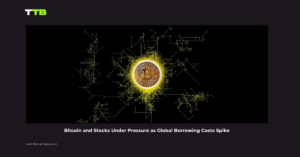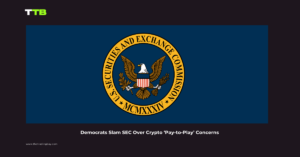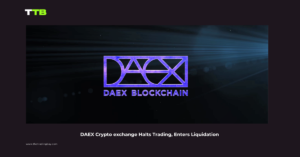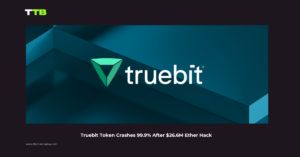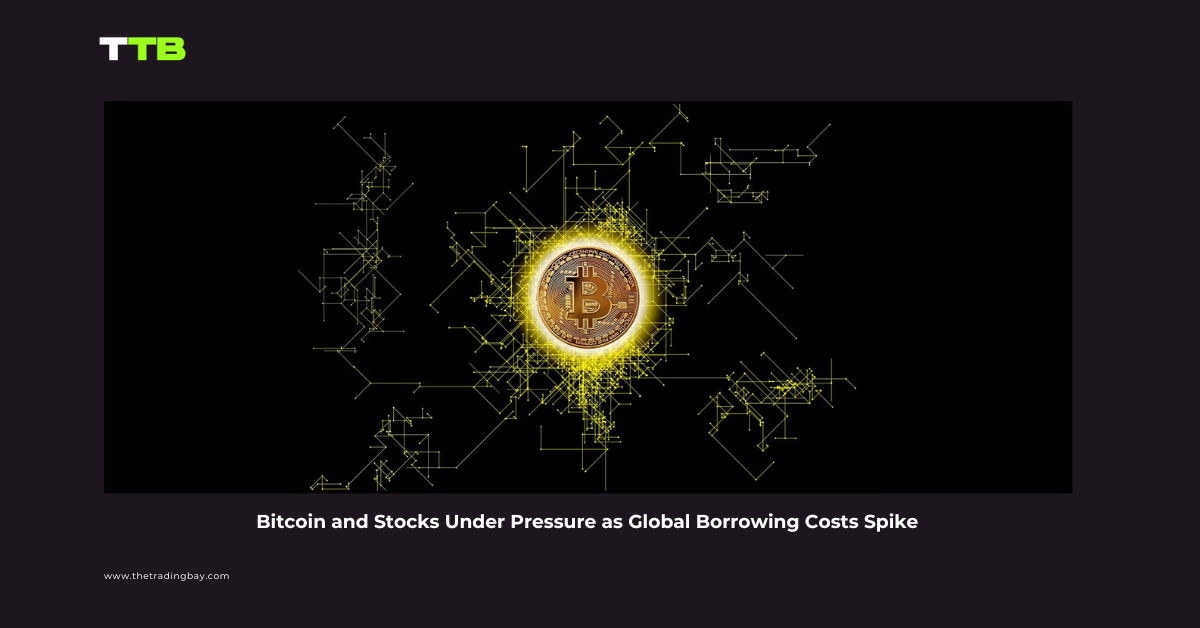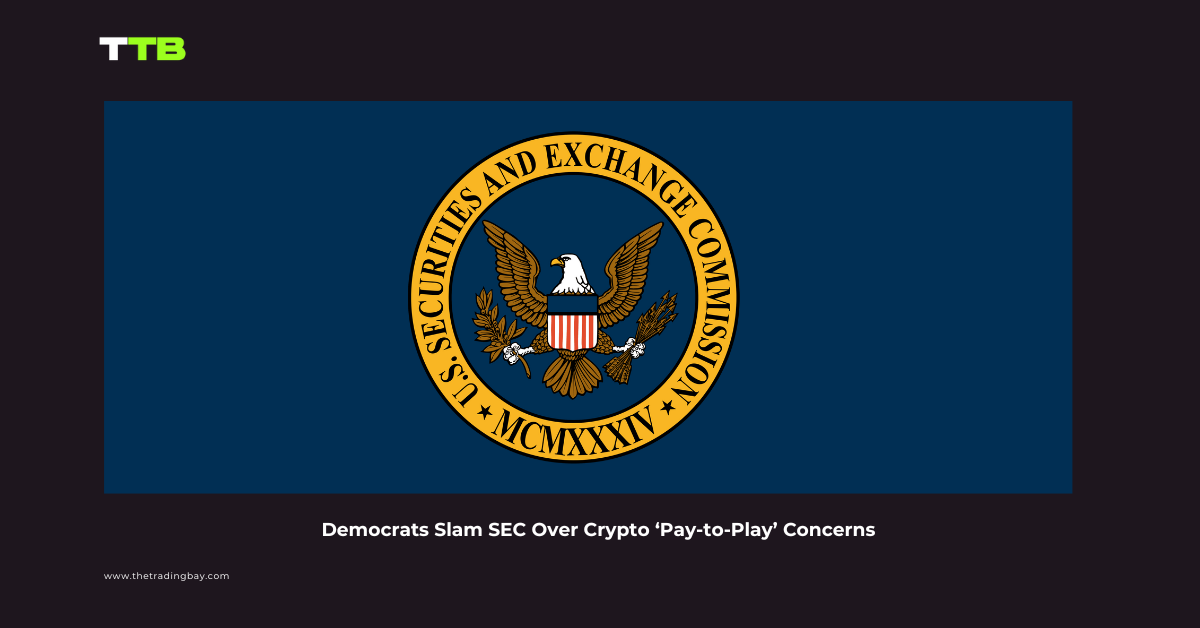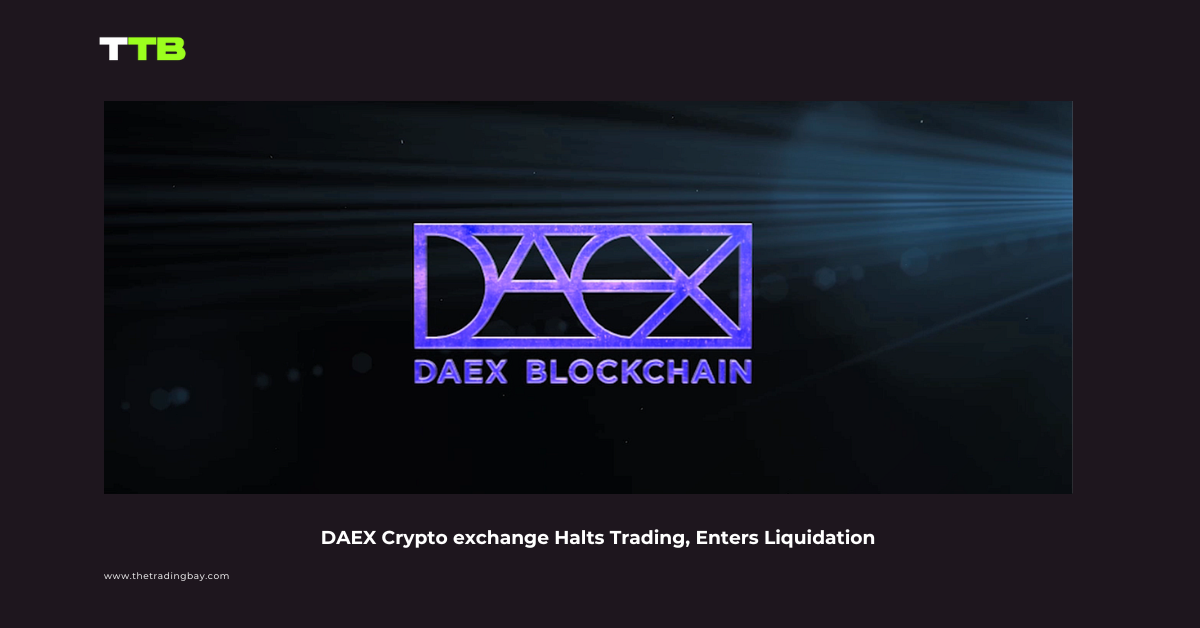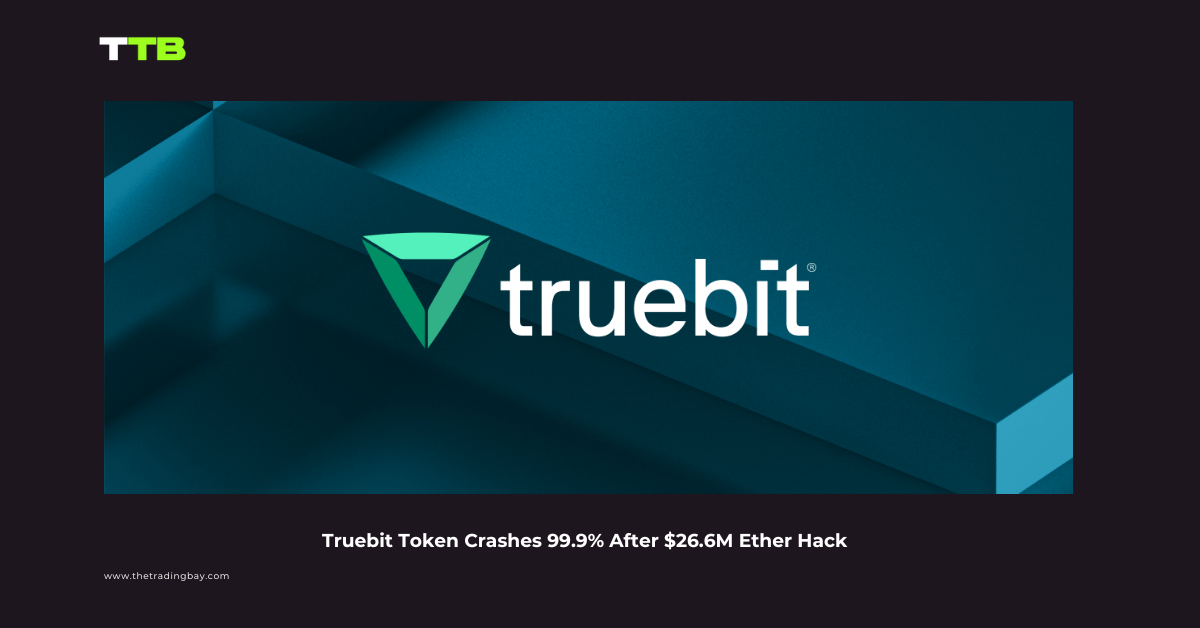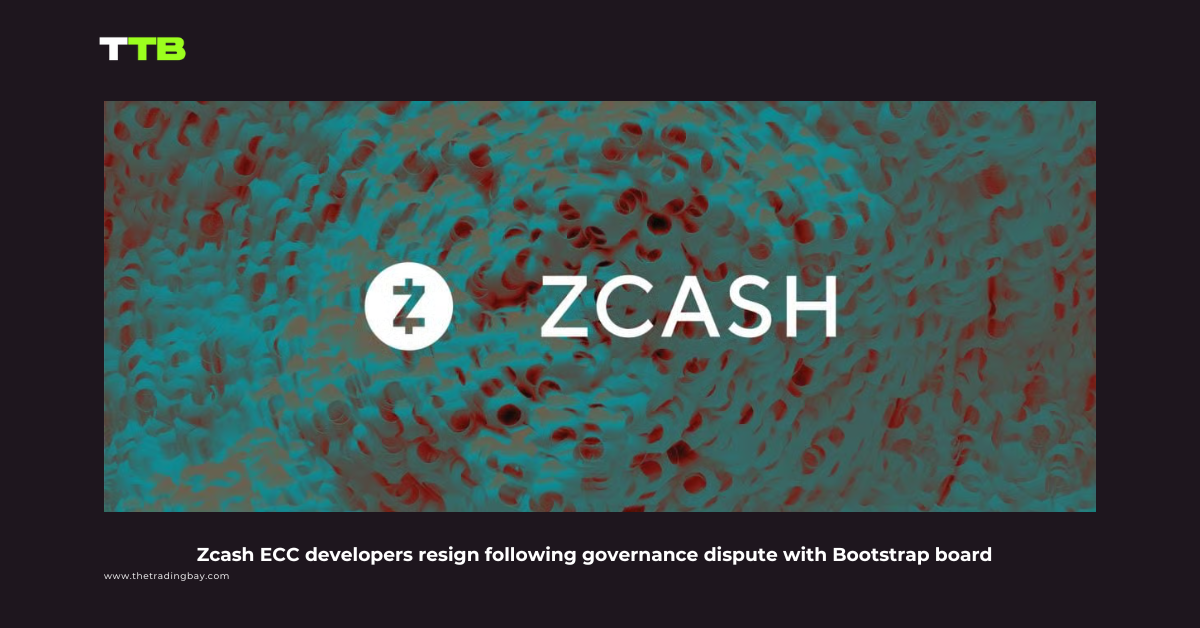Italy is preparing to roll out comprehensive guidelines for regulating cryptocurrencies under the European Union’s Markets in Crypto-Assets Regulation (MiCA) law. The Bank of Italy will soon publish these guidelines, aiming to maintain financial stability while fostering innovation and safeguarding consumer protection in the burgeoning crypto market.
New Crypto Guidelines: Fostering Stability and Innovation
The new rules aim to clarify the use of electronic money tokens (EMTs) and asset reference tokens (ARTs) within the MiCA framework. Fabio Panetta, Governor of the Bank of Italy, announced this initiative during a speech at the Italian Banking Association (ABI). Panetta emphasized the role of EMTs and ARTs, highlighting their importance under the MiCA law.
“Our assessment is that the only instruments that can serve as means of payment fully preserving the public’s trust are EMTs, electronic money tokens, which can be issued by banks or electronic money institutions,” Panetta stated. EMTs, whose value is tied to a single official currency, are seen as more stable and trustworthy for payments. In contrast, ARTs derive their value from multiple underlying assets, making them more volatile but still useful in specific contexts. The Bank of Italy’s guidelines aim to establish a consistent legal framework for these digital assets, providing much-needed clarity for their use.
Aligning Italy’s Crypto Regulations with European Standards
Italy’s new guidelines represent a significant step in aligning its crypto regulations with European standards. As the first explicit regulation for crypto assets in the EU, MiCA offers legal clarity by categorizing digital assets, specifying regulations, and designating accountability for enforcement. The MiCA framework also addresses various challenges by ensuring a level playing field for crypto institutions within the EU and eliminating regulatory fragmentation among member states.
The primary objectives of MiCA are safeguarding investors, combating fraudulent activities, and ensuring adherence to anti-money laundering (AML) and financial regulations. By implementing these guidelines, Italy aims to create a more regulated and secure environment for digital assets, enhancing investor protection and promoting market integrity.
Crypto Industry Adapts to New Regulations
The financial industry is closely watching the implementation of these guidelines, as they represent a significant move towards a more regulated and secure use of digital assets in the region. Several crypto companies, including major players like Binance, have already begun adjusting their operations to comply with the new regulations. Other prominent firms, such as BingX, are exploring partnerships with third-party custodians to enhance user asset protection.
Vivien Lin, BingX’s Chief Product Officer, told BeInCrypto that this initiative aims to foster a secure and transparent trading environment while promoting innovation in the crypto sector. These efforts by crypto companies to adapt to the new regulatory landscape demonstrate the industry’s commitment to compliance and consumer protection.
Future Implications for the Crypto Market
The introduction of these comprehensive guidelines under the MiCA law marks a pivotal moment for Italy and the broader European crypto market. By providing a clear regulatory framework, Italy is setting the stage for a more stable and innovative financial ecosystem. The guidelines will likely encourage more businesses to enter the crypto space, knowing that there are robust regulations in place to protect investors and ensure market integrity.
Furthermore, the consistent legal framework established by the MiCA law will help reduce regulatory fragmentation across EU member states, fostering a more cohesive and efficient market for digital assets. As other countries within the EU look to adopt similar regulations, the impact of MiCA will extend beyond Italy, shaping the future of cryptocurrency regulation across the region.
Conclusion
Italy’s forthcoming crypto guidelines under the EU’s MiCA law represent a significant advancement in the regulation of digital assets. By clarifying the use of EMTs and ARTs and aligning with European standards, these guidelines aim to foster innovation, ensure financial stability, and protect consumers. As the crypto industry adapts to these new regulations, the future of digital assets in Italy and the broader EU looks promising, with enhanced security and transparency paving the way for continued growth and innovation.

